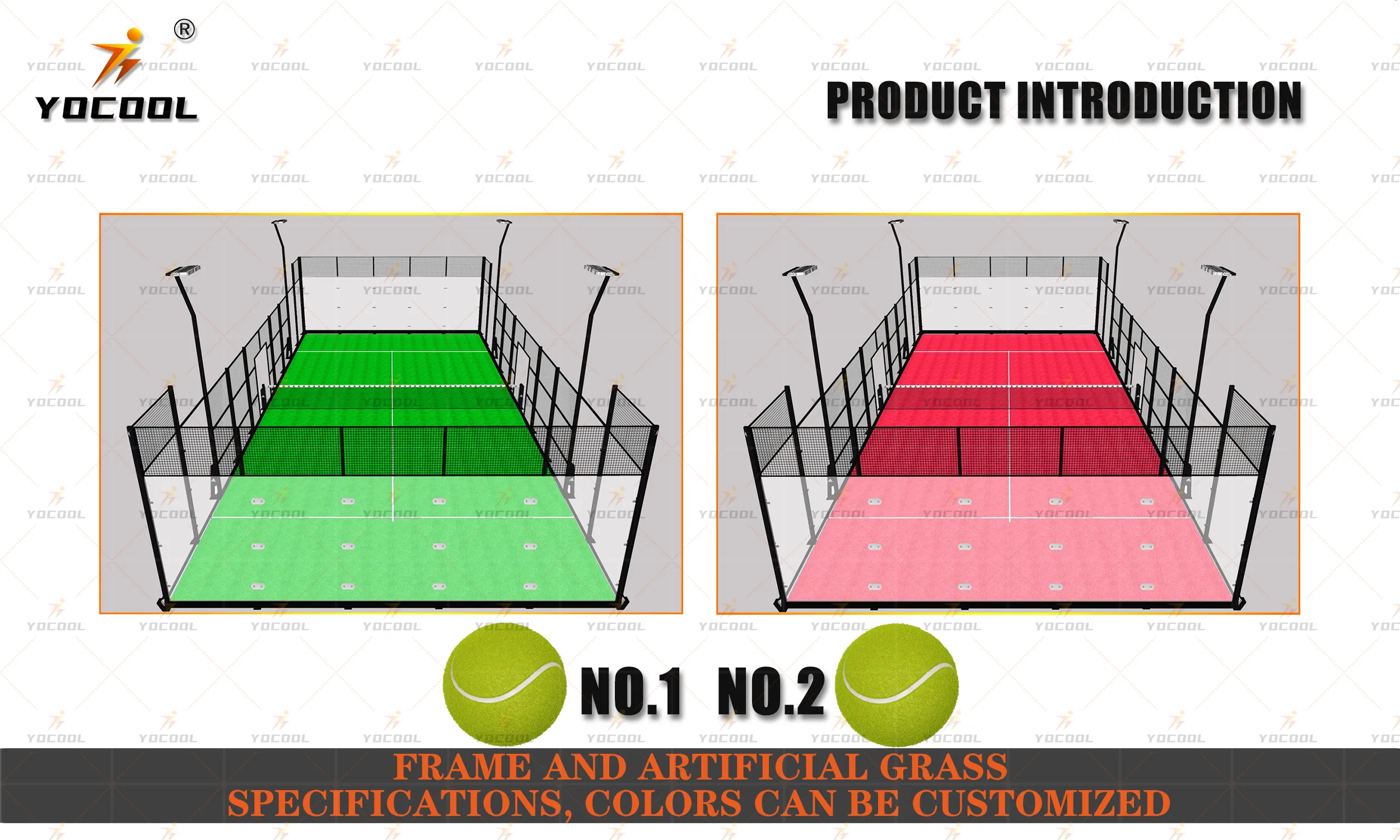

Understanding the Cost to Build a Padel Court
Padel, a racquet sport that combines elements of tennis and squash, has gained tremendous popularity over the past few years. As the demand for this sport continues to rise, many enthusiasts and investors are considering building their own padel courts. However, understanding the costs involved is crucial for making informed decisions.
Initial Considerations
When planning to build a padel court, the first step is to determine the location. The choice of land can significantly impact overall costs. Urban areas typically have higher land prices than rural ones. Additionally, the accessibility of the site, local zoning regulations, and available utilities must also be considered, as they can influence both the feasibility and cost of the project.
Construction Costs
The primary component of the cost to build a padel court is construction. On average, the price for constructing a single padel court ranges from $25,000 to $50,000. Factors that contribute to this price include
1. Materials The quality and type of materials significantly affect costs. Courts must be constructed with durable materials to withstand weather conditions and the wear and tear of regular play. Options include concrete, artificial grass, and specialized glass panels for the walls.
2. Size and Design Standard padel courts measure 20 meters long and 10 meters wide. However, any customization in design, such as adding spectator areas or additional amenities, can increase costs.
3. Lighting and Surfaces Adequate lighting is crucial for evening play, leading to additional expenses for high-quality LED systems. Likewise, the type of surface plays a crucial role in performance and durability. Installing premium surfaces could increase initial investment but may pay off in the long run due to reduced maintenance.
Additional Expenses

Besides the main construction costs, several other expenses should be accounted for
1. Landscaping Proper landscaping around the court not only enhances aesthetics but also ensures safety. This can include drainage systems, fencing, and seating arrangements for spectators.
2. Maintenance Regular upkeep is necessary to keep the court in playable condition. This can include resurfacing, cleaning, and inspections, which may cost thousands of dollars annually.
3. Permits and Licenses Depending on the location, securing the necessary permits and licenses can add to the expenses. It’s crucial to check local regulations to understand the requirements.
4. Financing Options If the budget is tight, exploring financing options such as loans or partnerships can be beneficial. Many manufacturers and suppliers offer financing plans tailored for sports facilities.
Return on Investment
While the upfront cost of building a padel court may be substantial, it’s important to consider the potential return on investment (ROI). A well-constructed padel court can attract considerable foot traffic, making it a lucrative venture. Facilities can charge for court rentals, host tournaments, and offer lessons or clinics, creating multiple revenue streams.
Moreover, as the sport continues to grow, the demand for courts is likely to increase, further enhancing ROI potential. Additionally, sporting facilities can foster community engagement and promote a healthy lifestyle, adding social value to the investment.
Conclusion
Building a padel court represents a significant commitment both financially and in terms of time. However, with the right planning and execution, it can lead to not only a successful sporting venue but also a fulfilling business opportunity. Understanding the comprehensive costs involved ensures that aspiring court owners can navigate the process effectively, ultimately contributing to the growing popularity of padel around the world.
Durable Industrial Flooring Solutions for Factories Expert Installation
Premium Rubber Floor Mats Durable & Slip-Resistant Protection
Rubber Brick Non-Slip & Eco-Friendly Flooring Solutions
Premium Rubber Floor Mats Durable & Non-Slip Protection
Durable Rubber Floor Mats Slip-Resistant & Heavy-Duty
Industrial Flooring for Racquetball & Squash Facilities Durable, Safe Solutions